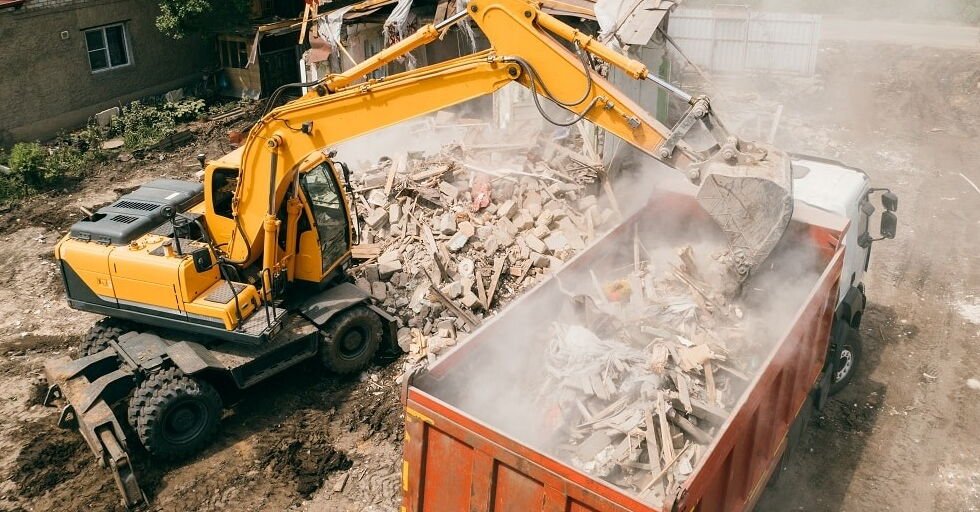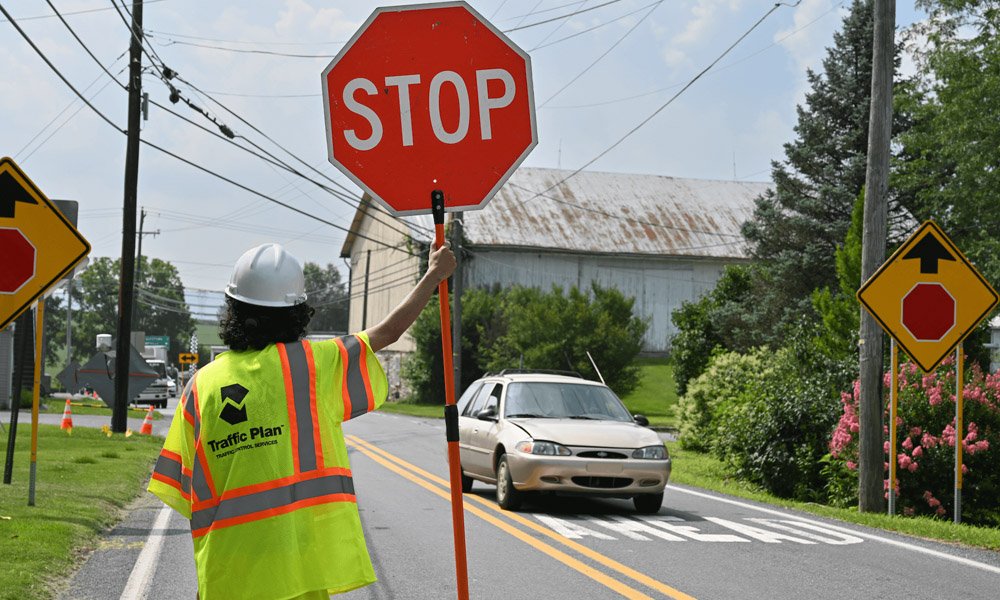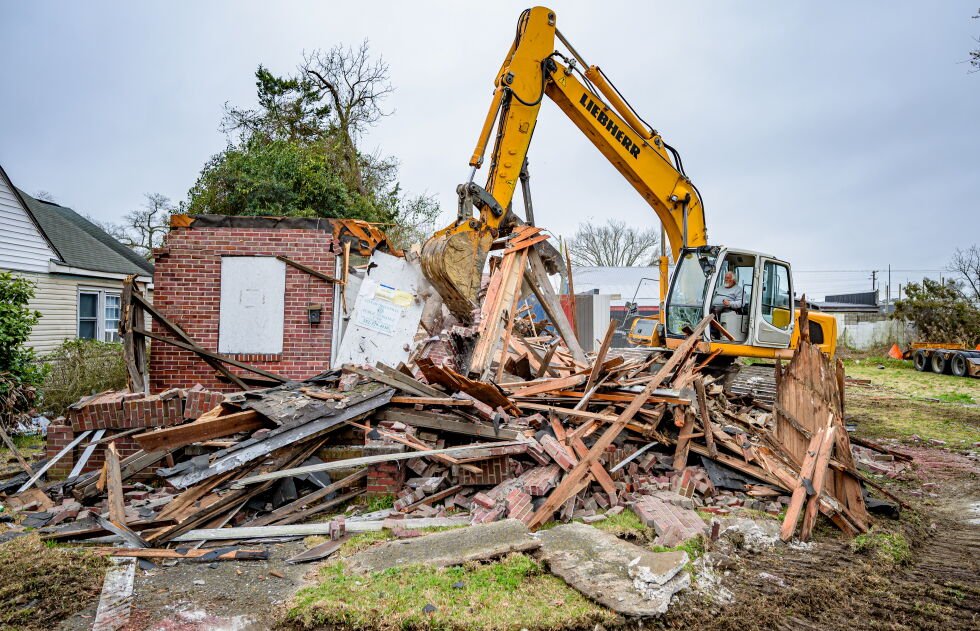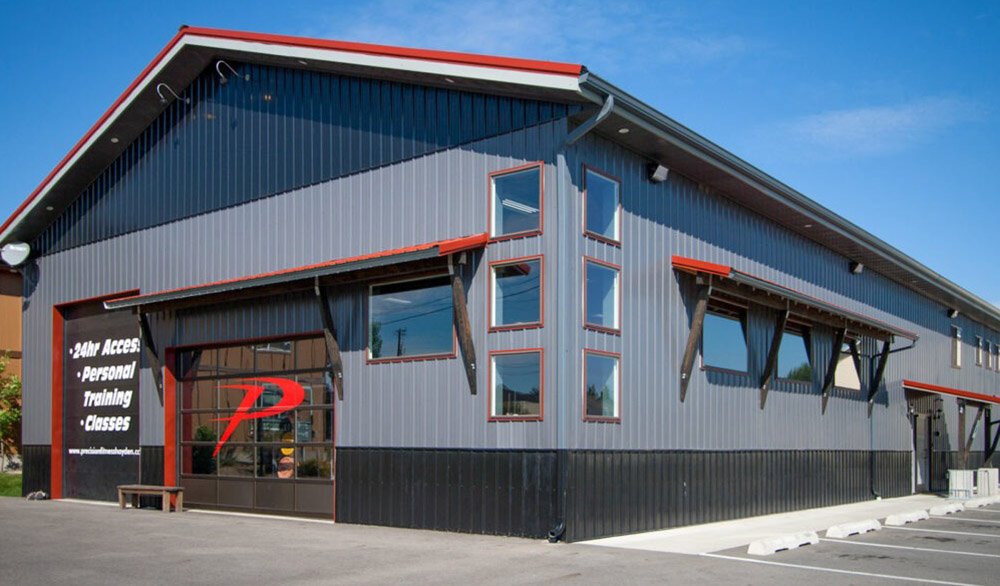Introduction to Demolition Projects
Demolition is more than just tearing down structures; it’s a vital component of construction and renovation. Whether you’re performing a light demolition of a single room or a complete teardown of an entire building, the process requires meticulous planning and execution. Mistakes made during demolition can lead to safety hazards, increased costs, and significant delays. This article outlines the most common errors encountered in demolition projects and provides insights on how to navigate them effectively.
1. Inadequate Planning and Preparation
A successful demolition project begins with a comprehensive plan. Without a clear strategy, unexpected issues can arise, from damaging essential utilities to improperly removing materials. To prevent these situations, project owners should develop a detailed plan that specifies the scope of work, identifies what materials to keep, and establishes safety protocols. Involving professional contractors can also help to refine the plan and ensure all details are covered.
2. Ignoring Permits and Legal Obligations
Demolition often requires permits that adhere to local regulations. Failing to secure these can lead to halts in work, fines, and even legal issues. It’s crucial to research and understand local building codes before starting any demolition work. Engaging with a professional demolition contractor ensures all legal aspects are addressed, allowing for a smoother project flow. Furthermore, having the right documentation can save on unexpected costs related to legal compliance.
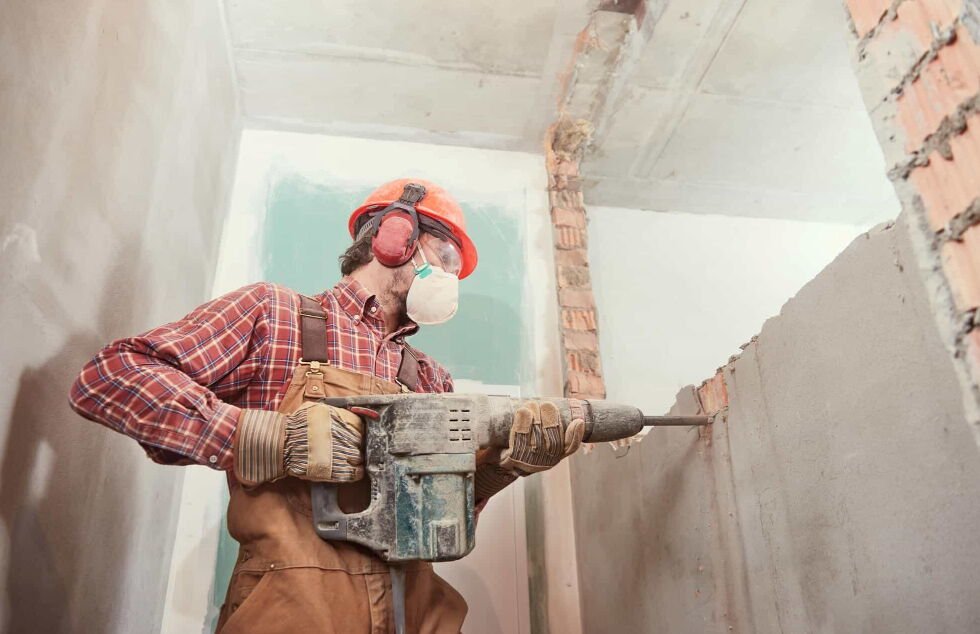
3. Overlooking Pre-Demolition Inspections
Hazards such as asbestos or lead paint pose serious risks during demolition. Skipping a thorough pre-demolition inspection can lead to health risks for workers and residents. It’s imperative to hire a qualified professional to conduct a comprehensive evaluation of the property. Identifying potential hazards allows for safe removal and disposal, ensuring the project adheres to health and safety regulations.
4. Neglecting Utility Management
Before beginning demolition, it’s critical to disconnect all utilities—gas, electricity, and water. Failing to do so can result in dangerous situations such as gas leaks or electrical fires. To mitigate risks, coordinate with local utility providers well in advance of the demolition date. A checklist can help ensure all utilities are disconnected safely, preventing any hazardous accidents from occurring during the demolition process.
5. Choosing the Wrong Tools for the Job
Using inappropriate tools can lead to inefficiencies and increased risks of accidents. Each demolition task requires specific equipment—such as saws for wood, jackhammers for concrete, or sledgehammers for masonry. Hiring experienced contractors guarantees access to the right tools and expertise to use them correctly. This not only enhances efficiency but also minimizes the risk of injury on-site.
6. Prioritizing Safety Protocols
Safety should always be a top priority on any demolition site. Ignoring safety measures can lead to severe injuries or even fatalities. Proper gear, such as helmets, gloves, and masks, should be mandatory for all team members. Additionally, implementing clear barriers and signage around the work area helps protect unauthorized personnel from entering hazardous zones. Regular safety meetings can also foster a culture of awareness and preparedness among the workforce.
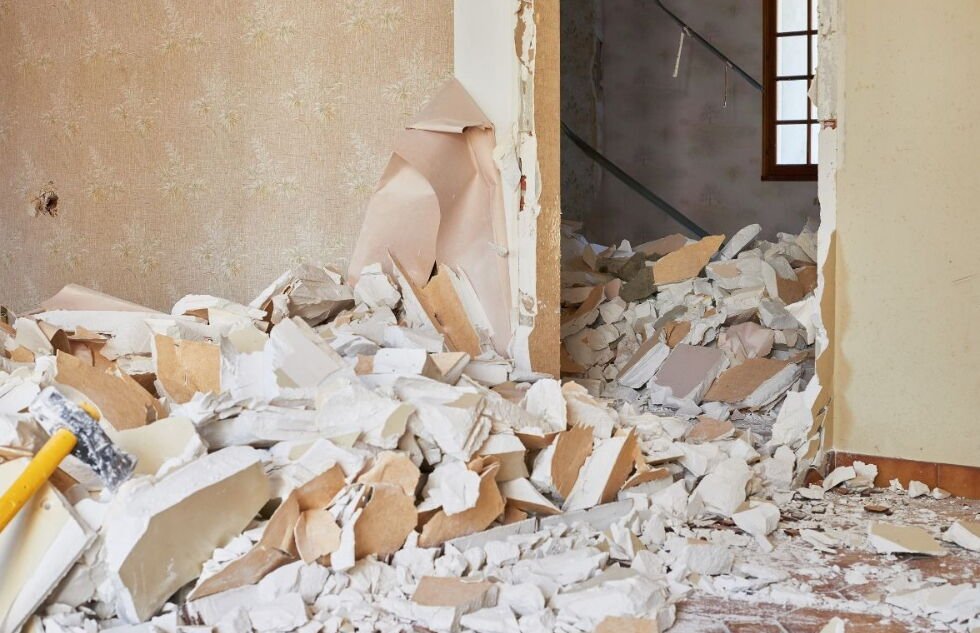
7. Managing Waste and Recycling Effectively
Demolition generates a significant amount of debris that needs to be managed properly. Failing to plan for waste disposal can lead to safety hazards and increased costs. Utilizing dumpsters and partnering with recycling facilities helps streamline the cleanup process. Prioritizing recycling and responsible disposal of materials not only adheres to environmental regulations but can also generate cost savings through reduced landfill fees.
8. The Importance of Professional Assistance
While DIY projects can be appealing, demolition requires expertise. Attempting to manage demolition on your own without the necessary knowledge can lead to structural damage and expensive repairs. Hiring professional demolition services ensures that the project is handled efficiently and safely. With their experience and resources, professionals can navigate the complexities of demolition while complying with all regulatory requirements.
FAQ
What are the first steps in planning a demolition project?
Start by conducting a thorough property evaluation, develop a detailed project plan, secure necessary permits, and ensure all utility connections are managed appropriately.
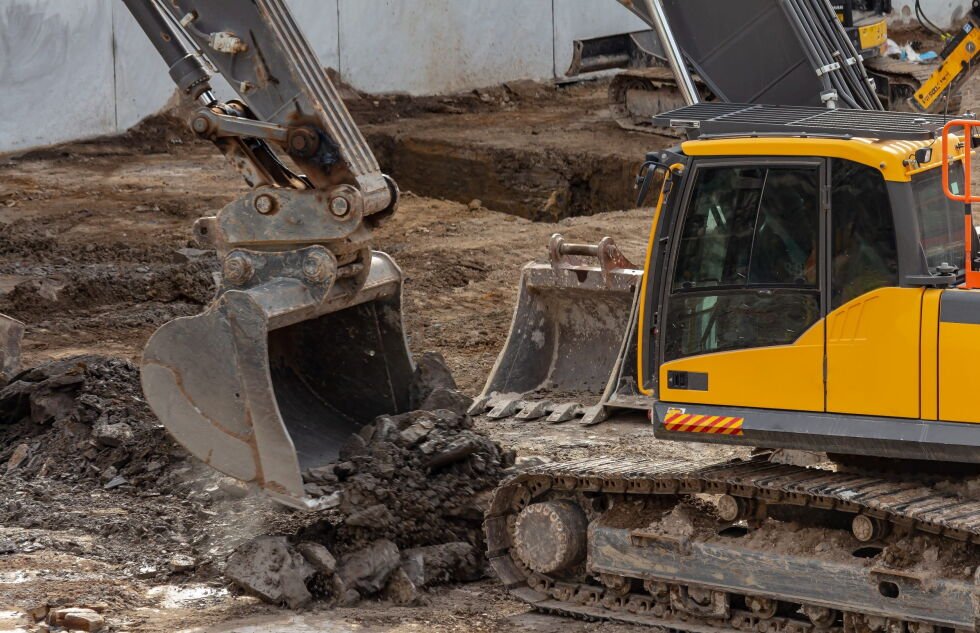
Why is safety so important during demolition?
Safety is critical to prevent accidents and injuries. Proper gear, safety protocols, and awareness of hazards protect workers and neighboring properties.
Can I do demolition work myself?
While some basic tasks can be DIY, it’s advisable to hire professional contractors for demolition to ensure safety, efficiency, and compliance with regulations.
How can I manage debris from a demolition project?
Plan for waste management by renting dumpsters, sorting recyclable materials, and working with local recycling facilities to minimize landfill waste.


